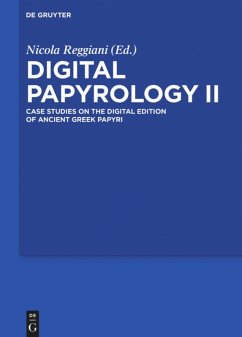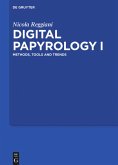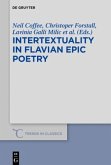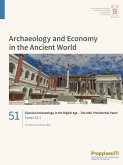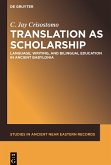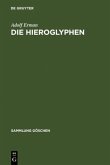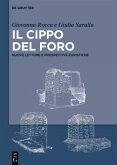The ongoing digitisation of the literary papyri (and related technical texts like the medical papyri) is leading to new thoughts on the concept and shape of the "digital critical edition" of ancient documents. First of all, there is the need of representing any textual and paratextual feature as much as possible, and of encoding them in a semantic markup that is very different from a traditional critical edition, based on the mere display of information. Moreover, several new tools allow us to reconsider not only the linguistic dimension of the ancient texts (from exploiting the potentialities of linguistic annotation to a full consideration of language variation as a key to socio-cultural analysis), but also the very concept of philological variation (replacing the mono-authorial view of an reconstructed archetype with a dynamic multitextual model closer to the fluid aspect of the textual transmission). The contributors, experts in the application of digital strategies to the papyrological research, face these issues from their own viewpoints, not without glimpses on parallel fields like Egyptology and Near Eastern studies. The result is a new, original and cross-disciplinary overview of a key issue in the digital humanities.
Bitte wählen Sie Ihr Anliegen aus.
Rechnungen
Retourenschein anfordern
Bestellstatus
Storno

